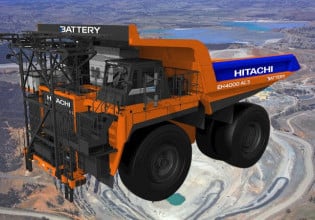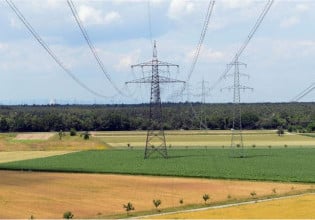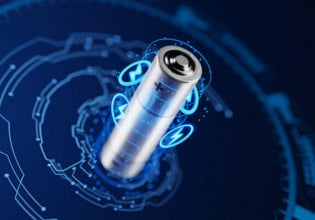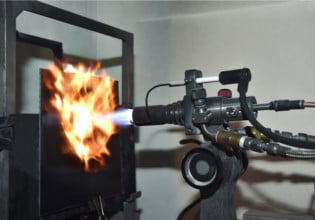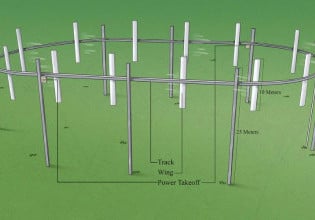Hydrogen Boride Nanosheets: A Promising Material for Hydrogen Storage
Researchers at Tokyo Institute of Technology, University of Tsukuba, and colleagues in Japan report a promising hydrogen carrier in the form of hydrogen boride nanosheets. This two-dimensional material, which has only recently begun to be explored, could go on to be used as safe, light-weight, high-capacity hydrogen storage materials for renewable energy applications.
The image above illustrates how hydrogen boride nanosheets (HB sheets) release hydrogen under UV light. The hydrogen storage and release capacity of HB sheets is exceptionally high due to their two-dimensional nature and unique electronic band structure.
These innovative nanosheets are made from equal parts of hydrogen and boron have a greater capacity to store and release hydrogen compared with conventional metal-based materials.
This finding by researchers at Tokyo Institute of Technology (Tokyo Tech), University of Tsukuba, Kochi University of Technology and the University of Tokyo reinforces the view that hydrogen boride nanosheets (HB sheets) could go beyond graphene as a nano-sized multifunctional material.
Their study, published in Nature Communications, found that hydrogen can be released in significant amounts (up to eight weight percent) from HB sheets under ultraviolet light, even under mild conditions — that is, at ambient room temperature and pressure.
Such an easy-to-handle setup opens up possibilities for HB sheets to be utilized as highly efficient hydrogen carriers, which are expected to become increasingly in demand as a clean energy source in the coming decades.
When HB sheets burst onto the scene in 2017, scientists recognized they could become an exciting new material for energy, catalysis and environmental applications. The breakthrough research garnered plaudits for its creative approach to materials design. A review article published in Chem in 2018 hailed the successful realization of HB sheets as "an exquisite example of human ingenuity at the pinnacle of innovative synthetic chemistry."
HB sheets are expected to be applied for light-weight, light-responsive, and safe hydrogen carrier. Currently, HB sheets are only responsive to ultra-violet light, thus, the visible-light sensitivity is important for their industrial application.
Also, refilling of hydrogen remains a key challenge in developing sustainable, viable hydrogen storage solutions. To address this issue, Miyauchi explains his team is investigating the visible-light sensitivity, rechargeability, and long-term durability of HB sheets.
"Cost reduction of the starting materials — magnesium diboride — for HB sheets will be another important factor," he adds.
The cross-institutional study showcases the predictive power of first-principles calculations2 in materials science, namely as a way of investigating the mechanism of hydrogen release.
Reference
Authors: Reiya Kawamura1,8, Nguyen Thanh Cuong2,8, Takeshi Fujita3, Ryota Ishibiki4, Toru Hirabayashi1, Akira Yamaguchi1, Iwao Matsuda5, Susumu Okada2, Takahiro Kondo6,7,* and Masahiro Miyauchi1
Title of original paper: Photoinduced hydrogen release from hydrogen boride sheets.
Journal: Nature Communications (2019).
DOI: 10.1038/s41467-019-12903-1
Affiliations:
1Department of Materials Science and Engineering, Tokyo Institute of Technology
2Department of Physics, Faculty of Pure and Applied Sciences, University of Tsukuba
3School of Environmental Science and Engineering, Kochi University of Technology
4Graduate School of Pure and Applied Sciences, University of Tsukuba
5Institute for Solid State Physics, University of Tokyo
6Department of Materials Science and Tsukuba Research Center for Energy Materials Science, Faculty of Pure and Applied Sciences, University of Tsukuba
7Materials Research Center for Element Strategy, Tokyo Institute of Technology
8These authors equally contributed to this work.


